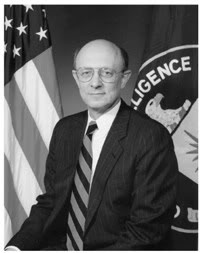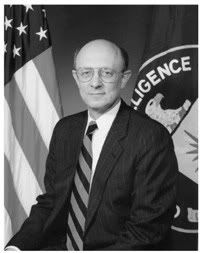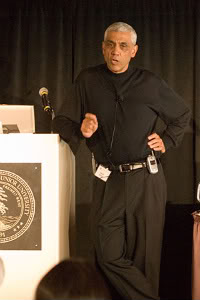Electric Vehicles and Lithium Ion Battery Chemistry

Making this whole area even more interesting are the battery management systems (BMS) that are required to control the charging and discharging of today’s cutting edge lithium ion batteries. The various lithium chemistries, e.g., lithium iron phosphate, offer a huge range of advantages over lead acid (small in size and weight, flat discharge curve, etc.) but are quite sensitive and often simply fail to perform in real-world applications. A state-of-the-art BMS, like the one offered by our client Lithium Balance, is really the only way to guarantee any degree of reliability from a lithium ion battery pack.
I spoke with Lorne Hatchard of Los Angeles-based Li-ion battery supplier POWERFORCE just now, who explained that his company is attempting to develop its own BMS, and that its products are built at a variety of facilities in Asia, imported, and then triple-checked to ensure that they perform to their specifications.
Again, energy density (the amount of energy that can be stored per unit of volume or mass) is a central issue. And from what I’m reading, it looks like breakthroughs in lithium battery chemistry will continue for some period of time, since:
Lithium, the lightest of the metals, also has the highest standard potential of all the metals, at over 3 V — some of the lithium cell designs have a voltage of nearly 4 V.
Where, as a metal, lithium reacts violently with water, as well as with nitrogen in air, this is not the case with many lithium compounds – thus the name lithium ion.
Energy density and current-carrying capacity are functions of surface area, and, because lithium ions are no small, there are advanced ways of increasing surface area, versus simple flat plates. In particular, the battery terminals can be made from graphite (a layered crystal) into which certain lithium compounds are “intercalated.” While I had POWERFORCE on the phone, I asked one of its engineers to explain this further. He told me that this is based on the concept that small ions like lithium can fit in the spaces in a graphite crystal. Not only that, but these metallic atoms can go farther and force the graphitic planes apart to fit two, three, or more layers of metallic atoms between the carbon sheets. This is a great way this is to store lithium in a battery—the graphite is conductive, dilutes the lithium for safety, is reasonably cheap, and does not allow unwanted crystal structures to form.
Given the number of incredibly bright people who are working on this all over the world (many of them supported by enormous funding), it’s really no surprise we’re seeing a great deal of progress in this arena.



 Dr. Kelly Truman was good enough to update me on what I have to call a textbook success of the business he started with his partner CEO Chris Gronot.
Dr. Kelly Truman was good enough to update me on what I have to call a textbook success of the business he started with his partner CEO Chris Gronot. 
 Since we at 2GreenEnergy are about to begin interviewing a number of eminent climatologists re: global warming, let me go on record and predict what I believe we will find. I believe there is no way to be certain what elements of global climate change are manmade vs. naturally occurring, since there is no way to model the melting of the ice shelves of western Antarctica, etc.
Since we at 2GreenEnergy are about to begin interviewing a number of eminent climatologists re: global warming, let me go on record and predict what I believe we will find. I believe there is no way to be certain what elements of global climate change are manmade vs. naturally occurring, since there is no way to model the melting of the ice shelves of western Antarctica, etc.
 I’m in the process of putting the finishing touches on our new report providing business tips to renewable energy companies, one of which I call “Swing for the Fences.”
I’m in the process of putting the finishing touches on our new report providing business tips to renewable energy companies, one of which I call “Swing for the Fences.”
 I’m thrilled to report that I have an interview scheduled with one of the most eminent climatologists on our planet:
I’m thrilled to report that I have an interview scheduled with one of the most eminent climatologists on our planet: 
 Robin Murphy, Vice President for External Relations at the
Robin Murphy, Vice President for External Relations at the 
 As I continue to learn and write about the energy industry I feel a growing need for fairness. Anyone can sit on the sidelines and throw stones. And Lord knows, there are plenty of great targets for stones when you look at where the oil and coal companies have taken us over the last century. But here, I provide a brief examination of the need for fairness in reporting on the subject.
As I continue to learn and write about the energy industry I feel a growing need for fairness. Anyone can sit on the sidelines and throw stones. And Lord knows, there are plenty of great targets for stones when you look at where the oil and coal companies have taken us over the last century. But here, I provide a brief examination of the need for fairness in reporting on the subject.